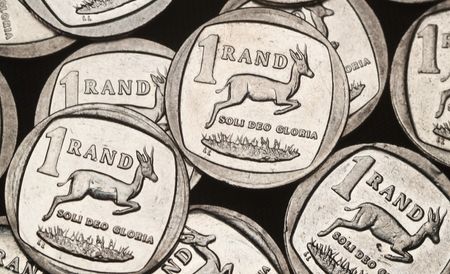NAIROBI (Reuters) -Kenya’s inflation edged lower to 9.5% year-on-year in November from 9.6% a month earlier, the statistics office said on Wednesday, its first drop since February as fuel and food prices eased.
The drop from October’s year-on-year inflation – the highest level since May 2017 – comes after rate hikes by the East African country’s central bank. Two analysts said the impact of the tightening had yet to affect the inflation rate.
Last week, Kenya’s central bank raised its benchmark lending rate by half a point to 8.75%, saying there was scope for more tightening due to sustained inflation.
One analyst in the banking sector said the dip in year-on-year inflation was not likely to be linked to the higher lending rate, which would take a couple of months to trickle down into the economy.
“I think there’s been a bit of stability on the pricing of fuels and it’s harvest season in the west of the country, so there’s maybe been a bit of an easing on food prices,” the analyst said.
A second analyst said November’s inflation figure would reduce the likelihood of another rate-hike in the short-term. “It means they might not make another rate hike soon,” he said.
Month-on-month inflation was 0.3% in November, down from 0.9% in October, the Kenya National Bureau of Statistics said in a statement.
The rise in inflation was driven by the increase in prices of food and non-alcoholic beverages, transport, housing, water, electricity, gas and other fuels, the statistics office said.
(Reporting by Hereward HollandEditing by James Macharia Chege and Jane Merriman)











